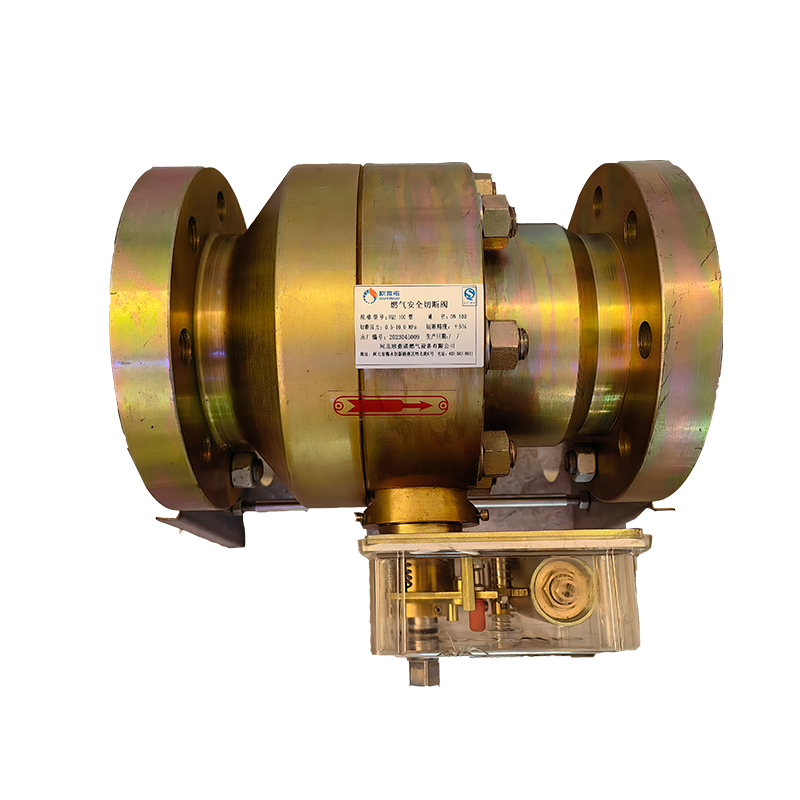
Oct . 12, 2024 09:21
Back to list
gas pressure vessel
Understanding Gas Pressure Vessels Safety, Design, and Applications
Gas pressure vessels are critical components in various industrial applications, playing a vital role in the safe storage and transportation of gases under pressure. These vessels are engineered to withstand high pressures and are designed to ensure the safety of both the stored gas and the surrounding environment. In this article, we will explore the fundamentals of gas pressure vessels, including their design, safety considerations, and applications across different industries.
What is a Gas Pressure Vessel?
A gas pressure vessel is a container designed to hold gases at a pressure substantially different from the ambient pressure. These vessels can be made from a variety of materials, including steel, aluminum, and composite materials. The specific design and construction of a pressure vessel depend on several factors, including the type of gas stored, operational pressure, and temperature conditions.
Design Considerations
The design of a gas pressure vessel involves rigorous calculations and engineering principles to ensure it can safely withstand the intended pressures. The key factors that engineers consider during the design process include
1. Materials The selection of appropriate materials is crucial, as they must withstand not only the pressure but also potential chemical reactions with the gas stored inside. Common materials include carbon steel for high pressure and corrosion-resistant alloys for reactive gases.
2. Geometry The shape of the vessel influences its ability to handle stress. Cylindrical shapes are most common as they evenly distribute pressure across the surface, minimizing stress concentration points.
3. Thickness The wall thickness of a pressure vessel is determined by calculations based on the internal pressure, material properties, and safety factors. Thicker walls generally provide greater safety but at increased weight and cost.
4. Safety Features Safety is paramount in pressure vessel design. Features such as pressure relief valves, rupture disks, and monitoring systems are typically included to prevent overpressure conditions and ensure safe operation.
Safety Considerations
gas pressure vessel

Working with gas pressure vessels involves inherent risks, making safety a top priority in their design and operation. Regular inspections, maintenance protocols, and adherence to industry standards play crucial roles in ensuring safety. Regulatory bodies, such as the American Society of Mechanical Engineers (ASME) and the Occupational Safety and Health Administration (OSHA), provide guidelines and standards for the safe design, operation, and maintenance of pressure vessels.
Common safety practices include
- Regular inspections Periodic examination of vessels to detect corrosion, leaks, or structural weaknesses. - Pressure testing Hydrostatic or pneumatic testing may be conducted to ensure the integrity of the vessel before it is put into service. - Operator training Ensuring that personnel are adequately trained in the handling and maintenance of pressure vessels is crucial to prevent accidents.
Applications of Gas Pressure Vessels
Gas pressure vessels are used in a variety of industries, each with specific requirements and applications
1. Chemical Industry They are used to store and transport gases such as hydrogen, ammonia, and chlorine. The ability to manage high pressures is essential for processes such as chemical synthesis and refining.
2. Oil and Gas Industry Pressure vessels are integral to refining processes, liquefied natural gas (LNG) storage, and transportation of gas under pressure.
3. Medical Sector In hospitals, gas pressure vessels are used to store and supply medical gases like oxygen and nitrous oxide, highlighting the importance of stringent safety standards.
4. Manufacturing Many manufacturing processes utilize gas pressure vessels for purposes such as storing compressed air or other gases necessary for operations.
Conclusion
Gas pressure vessels are indispensable to modern industry, providing safe and efficient methods for storing and transporting gases at high pressures. With strict adherence to safety protocols, regular maintenance, and innovations in design, these vessels help mitigate risks associated with gas storage. As technology progresses, the design and applications of gas pressure vessels will continue to evolve, ensuring that they meet the ever-increasing demands of various sectors while maintaining safe operational practices.
Next:
Latest news
-
Safety Valve Spring-Loaded Design Overpressure ProtectionNewsJul.25,2025
-
Precision Voltage Regulator AC5 Accuracy Grade PerformanceNewsJul.25,2025
-
Natural Gas Pressure Regulating Skid Industrial Pipeline ApplicationsNewsJul.25,2025
-
Natural Gas Filter Stainless Steel Mesh Element DesignNewsJul.25,2025
-
Gas Pressure Regulator Valve Direct-Acting Spring-Loaded DesignNewsJul.25,2025
-
Decompression Equipment Multi-Stage Heat Exchange System DesignNewsJul.25,2025

